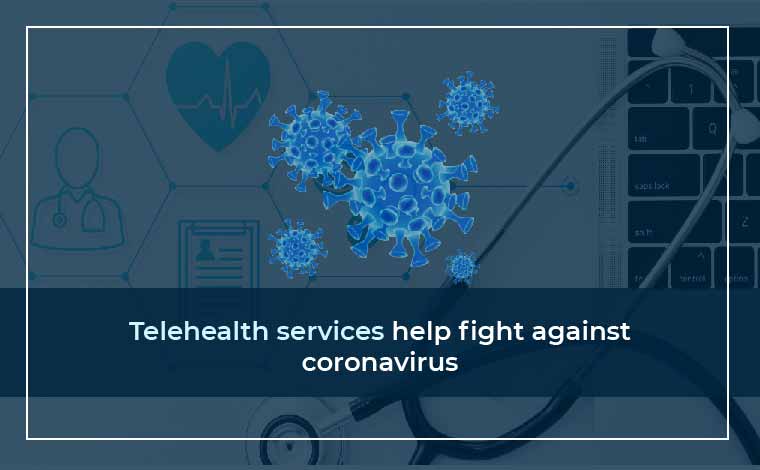
Changes in how health care gets delivered during this pandemic are needed to scale back staff exposure to ill persons, preserve personal protective equipment (PPE), and minimize the impact of patient surges on facilities.
Healthcare systems have to regulate how they triage, evaluate, and look after patients using methods that don’t depend upon in-person services. Telehealth services help provide necessary care to patients while minimizing the transmission risk of SARS-CoV-2, the virus that causes COVID-19, to healthcare personnel (HCP) and patients.
While telehealth technology and its use don’t seem to be new, widespread adoption among HCP and patients beyond simple telephone correspondence has been relatively slow. Before the COVID-19 pandemic, trends showed some increased interest in the use of telehealth services by both HCP and patients.
However, recent policy changes during the COVID-19 pandemic have reduced telehealth access barriers and have promoted telehealth utilization to deliver acute, chronic, primary, and specialty care. Many professional medical societies endorse telehealth services and supply guidance for practice during this evolving landscape. Telehealth also can improve patient health outcomes.
Several telehealth modalities allow HCP and patients to attach using technology to deliver health care:
• Synchronous: It has a real-time telephone or online audio-video interaction, typically with a patient employing a smartphone, tablet, or computer. In some cases, peripheral medical equipment (e.g., digital stethoscopes, otoscopes, ultrasounds) can use another HCP (e.g., nurse, medical assistant) with the patient. In contrast, the consulting medical provider conducts a foreign evaluation.
• Asynchronous: This includes “store and forward” technology where messages, images, or data are collected at one point in time and interpreted or more matured later. Patient portals can facilitate this kind of communication between provider and patient through secure messaging.
• Remote patient monitoring: This permits the transmission mechanism of a patient’s clinical measurements from a distance (may or might not be in real-time) to their healthcare provider.
Telehealth services can facilitate public health mitigation strategies during this pandemic by increasing social distancing. These services will be a safer option for HCP and patients by reducing potential infectious exposures. They’ll reduce the strain on healthcare systems by minimizing the surge of patient demand on facilities and reducing PPE utilization by healthcare providers.
Maintaining continuity of care to the extent possible can avoid negative consequences from delayed preventive, chronic, or routine care. Remote access to healthcare services may increase participation for medically/socially vulnerable people or those who don’t have ready access to providers. Remote access may help preserve the patient-provider relationship now and then when an in-person visit isn’t practical or feasible.
Telehealth services may be used to:
Screen patients who may have symptoms of COVID-19 and refer as appropriate.
Provide low-risk urgent look after non-COVID-19 conditions, identify those persons who may have additional medical consultation or assessment, and refer as appropriate.
Access medical aid providers and specialists, including mental and behavioral health, for chronic health conditions and medicine management.
